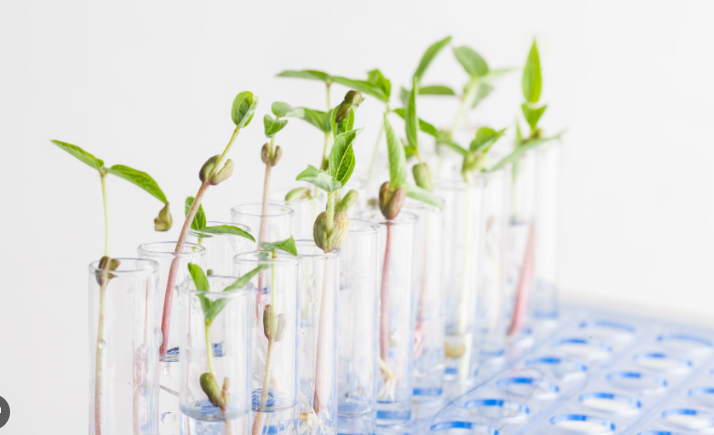Varied topography and diverse micro-climatic conditions of Nepal allow cultivation of all types of fruit species ranging from tropical to subtropical to temperate. More than 100 indigenous fruit and nut species have been reported in Nepal. This diversity is rapidly declining as farmers grow selected varieties of few fruits such as banana, mango, litchi, apple, and mandarin orange which are more productive and marketable. These fruits are cultivated at large scale and are commercially available throughout the country, whereas, fruits such as kafal (Myrica esculenta Buch.-Ham. ex D.Don), lapsi (Nepalese Hog Plum, Choerospondias axillaries (Roxb.) B.L.Burtt & A.W.Hill), amala (Emblica officinalis Gaertn.) harvested from forest are sold in local markets which generate a considerable amount of income to the vulnerable communities by selling them at a good price. Other fruits like pummelo (Citrus maxima (Burm.) Merr.), citron (Citrus medica L.) and walnut (Juglans regia L.) are used during special rituals such as for Bhaitika in Tihar and are sold during those festival times. Bael (Wood apple, Aegle marmelos (L.) Correa) is used by Newari community during the Bael Bibah of their daughters. Similarly, certain fruits like avocado, almond, pear, peach, plum, prunes, berries, persimmon, cherry, strawberry, and nuts are not extensively cultivated in Nepal, and their consumption and trade are limited. Fruits which are not commercially cultivated or not adequately utilized but have great potential for commercialization are referred to as the “minor fruits.” Minor fruits are of considerable economic importance in their locality due to their nutritional, medicinal and cultural values. Pharping Naspati (Pyrus pyrifolia (Burm.f.) Nakai), a local pear in Nepal has low chilling requirements and hence is adaptable to grow even at lower altitudes. Likewise, several indigenous fruit plants and their wild relatives such as Mayal or Mel (Pyrus pashia Buch.-Ham. ex D.Don), Jyaamir (Rough lemon, Citrus jambhiri Lush.) and local olive which are resistant to diseases, pests, and climatic adversities have been used as rootstocks for grafting scions of high yielding varieties. We don’t have an integrated digital database of the available fruit germplasm collection which is constraining the researchers from maximizing the use of the valuable genetic resources in research and varietal development. There is an urgent need for identification, evaluation, conservation, registration, and protection of the indigenous fruits through sui generis system as per the Trade Related Aspects of Intellectual Property Rights (TRIPs) and their promotion to increase cultivation, domestic consumption and export.




